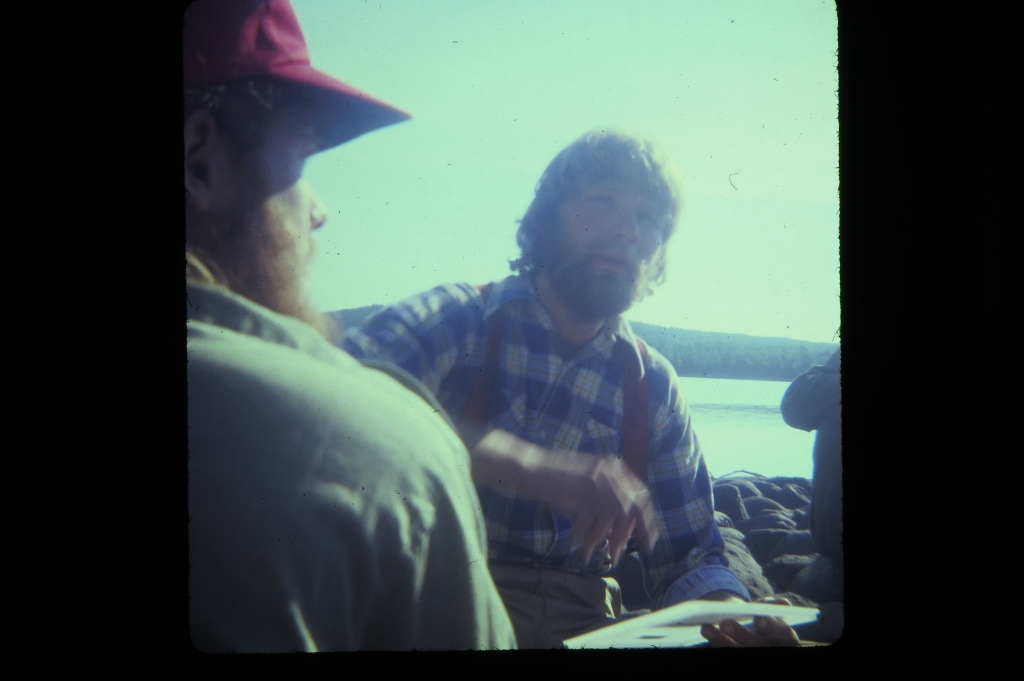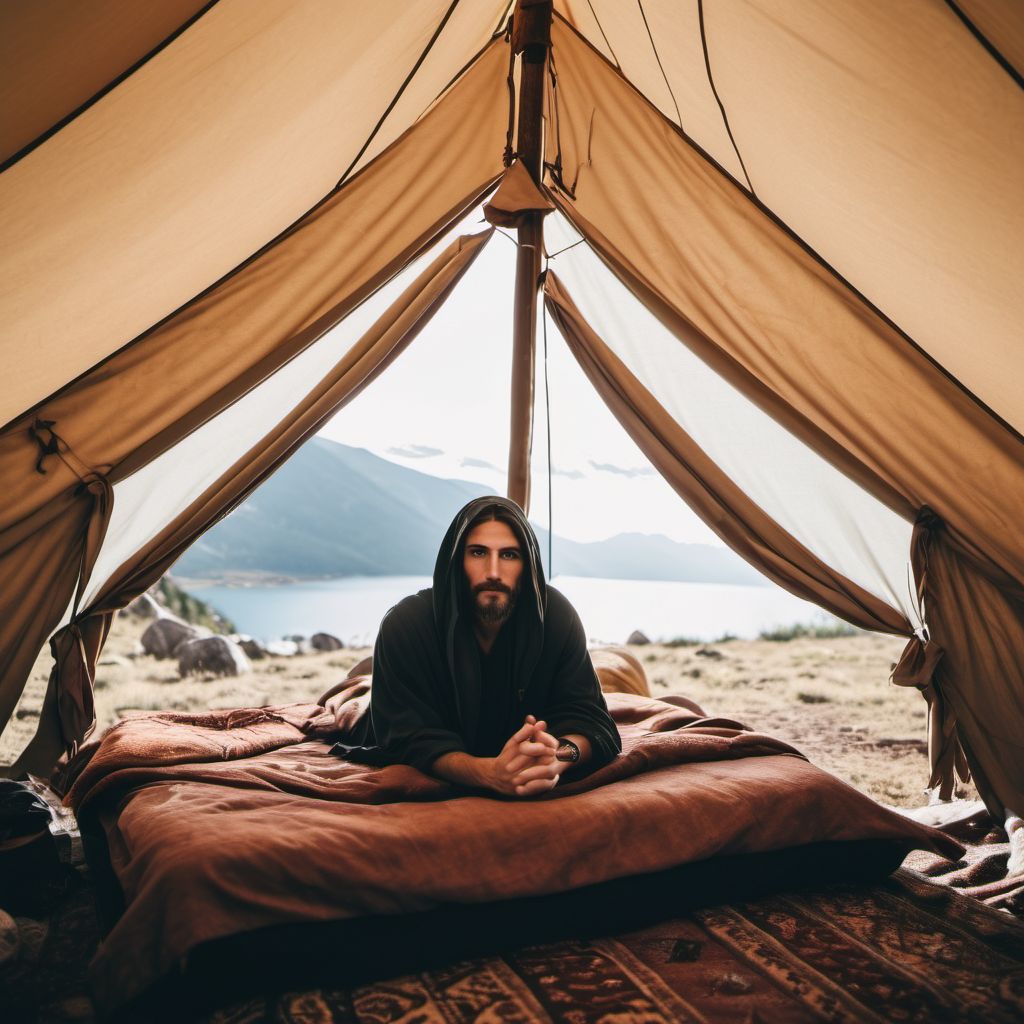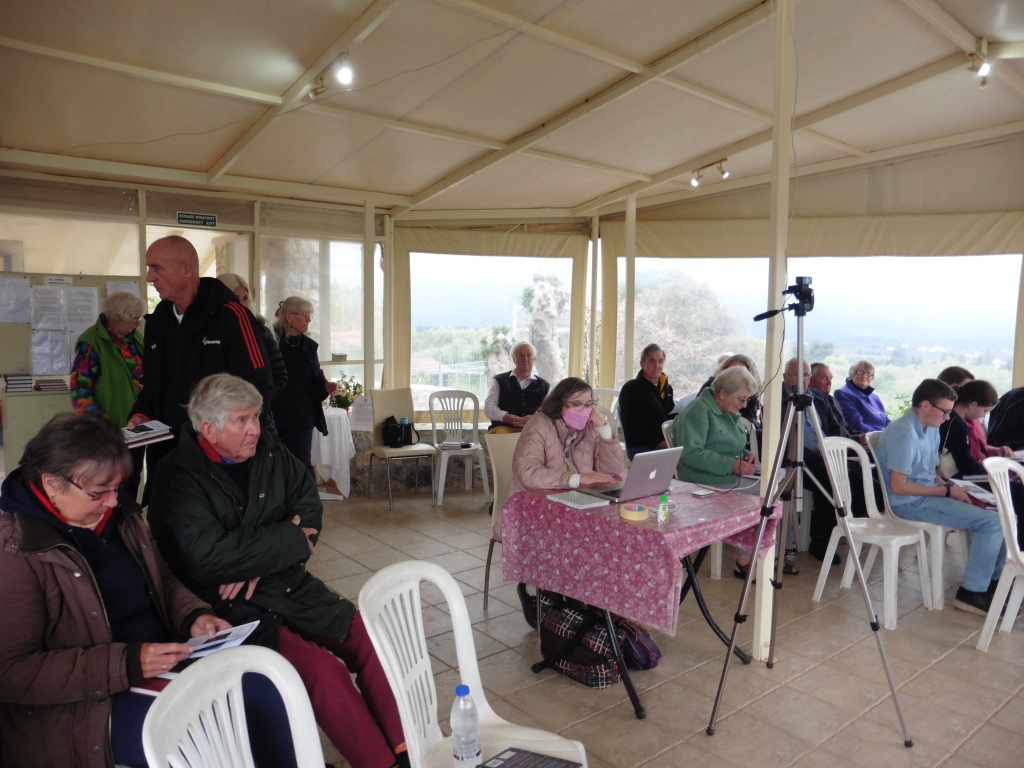A Sermon Preached on Christmas Day 2023 at
The Anglican Church of St. Thomas the Apostle, Kefalas, Crete
The readings were Isaiah 9:2-7, Psalm 96, Titus 2:11-14, and John:1-18.
Do you like camping? I used to do a lot of it, often on shelters and cabins, but sometimes in tents. Groups from my school went camping for cadets and as hiking in the Green Mountains of Vermont. I knew a guy named John Mordhorst, who was one of my instructors when I did Outward Bound, canoeing for a month in Northern Ontario in 1979. A couple of years before this Outward Bound gig, he, along with three others, had travelled from the height of land in the Yukon to Hudson’s Bay, about 1500 miles (2400 km). It took them something like a year and a half, and involved canoes and dog-sleds. While on the trip he discovered a downed Russian satellite, which interrupted their trip as they had to be flown to Edmonton to be checked out for radiation exposure, but otherwise they were in the wilderness constantly. He was a real outdoorsman, living mostly in tents. I remember he told us that he had not slept indoors in a bed for years. He said that when he did once, he was so uncomfortable that he had to pull out his sleeping bag.
Jesus: A Big Fan of Tenting
Someone else who liked tents was Jesus. Verse 14 in our gospel this morning reads in the original Greek: Καὶ ὁ λόγος σὰρξ ἐγένετο καὶ ἐσκήνωσεν ἐν ἡμῖν – and our translation and most other English versions translate this as “the Word became flesh and dwelled among us.”
The Greek verb ἐσκήνωσεν is usually translated as “dwelled” but the word literally means “put up a tent” or “tented” – and in modern Greek the word is σκηνή. This is the same word that is used in the ancient Greek translation of the Hebrew Bible (our Old Testament) for the Tabernacle, the tent where God met Moses. A large chunk of the Book of Exodus describes how it was to be constructed. This tabernacle is the place before which sacrifices were made, offerings of incense and freshly baked bread were offered inside. Inside the tent was the Ark of the Covenant, in which were the tablets of the Ten Commandments. When the people journeyed from Mount Sinai to the the Promised Land the Israelites would deconstruct it and carry it along, and then reconstruct it wherever they camped. King David, we are told in the Books of Samuel, brought this holy tent and its contents to Jerusalem. Solomon constructed the Temple, which was a stone version of the Tabernacle, only about twice the size.

This is probably why the gospel author used this phrasing. The Word of God pitching a tent among us represents a living, breathing Temple – the presence of God, the shekinah among us. What the sacred Temple was to Israelites, Jesus is for us – the place of sacrifice, the place of meeting God, the place of reconciliation, the place of glory. What the psalms say about the Temple we can now say about Jesus. As the Letter to the Hebrews explains, Jesus is both the great High Priest and the sacrificial victim, offering himself once for all in heaven and on earth. Jesus explicitly identifies himself with the Temple when he says in John 2.19-21 “Destroy this temple, and in three days I will raise it up” and the gospel then explains “. . . he was speaking of the temple of his body.”
Let’s draw out a couple of more implications. Here, in this place, this church in Kefalas, we meet in the name of Jesus. Jesus promised us that whenever two or three gathered in his name, he is present. Now, this could happen anywhere, but we have set aside for this purpose this tent-like structure which we call “The Tabernacle.” This is where, in the Liturgy of the Lord’s Supper, in the hearing of scripture and the outpouring of the Holy Spirit, we meet Jesus, and in Jesus we know the Father. So it is good and right that we call this The Tabernacle, not that it is any more special than any other building or tent, but because it is here that we become mindful of God’s presence among us.
But it is also here that we become the Body of Christ. As Christ dwells within us we become that Tabernacle, too, not made of canvas and metal and wiring, but of our selves, our souls and bodies. In offering up to God all that we are and all that we have we allow ourselves to be transformed into the image of God, so that we can look into the eyes of our neighbour here and encounter the divine. It is like the ancient Celtic hymn from St Patrick’s Breastplate:
Christ be with me, Christ within me,
Christ behind me, Christ before me,
Christ beside me, Christ to win me,
Christ to comfort and restore me,
Christ beneath me, Christ above me,
Christ in quiet, Christ in danger,
Christ in hearts of all that love me,
Christ in mouth of friend and stranger.
So, on this day of Christ’s mass, in which we celebrate his birth, may we once again allow him to be born is us, as individuals, and as a church, as a communion around the world, as this body of saints that is now twenty centuries long and some seven billion souls, living and dead. Let us become, like him a tent for the dwelling of the divine. Come, Lord Jesus, and the renew the face of the earth.



